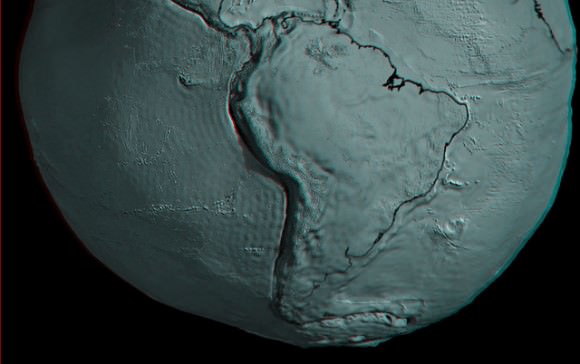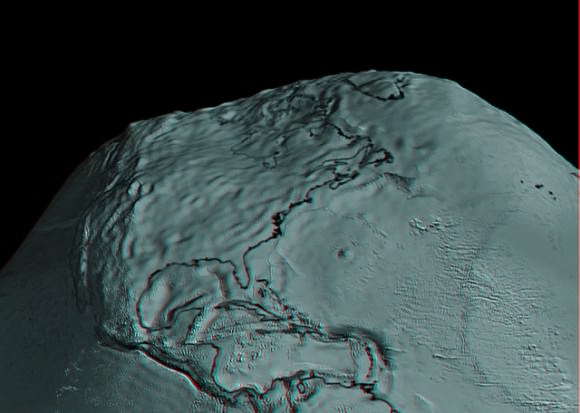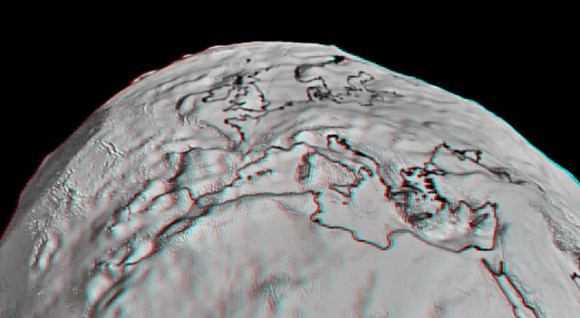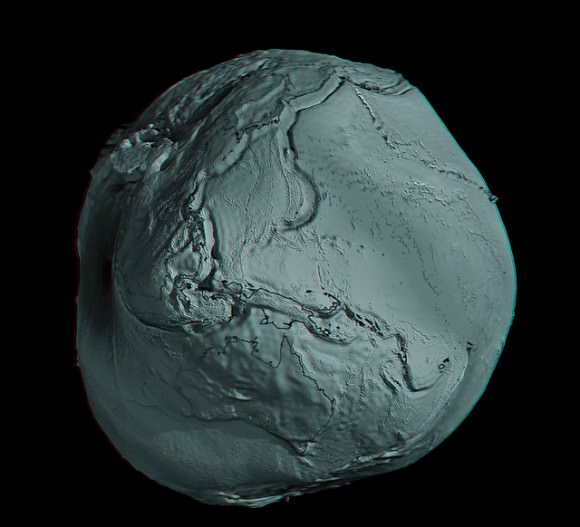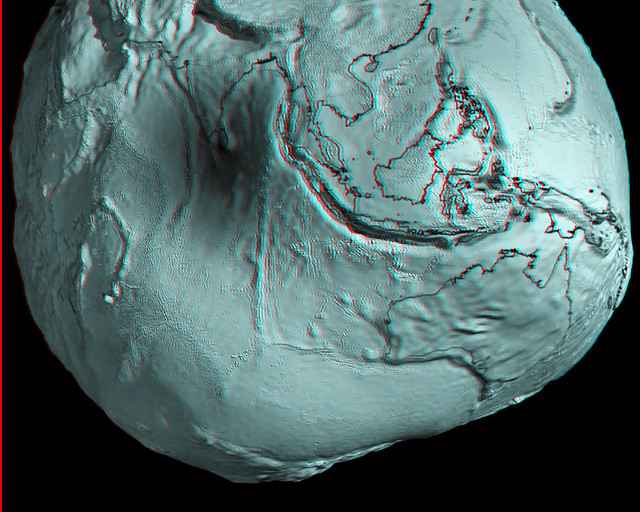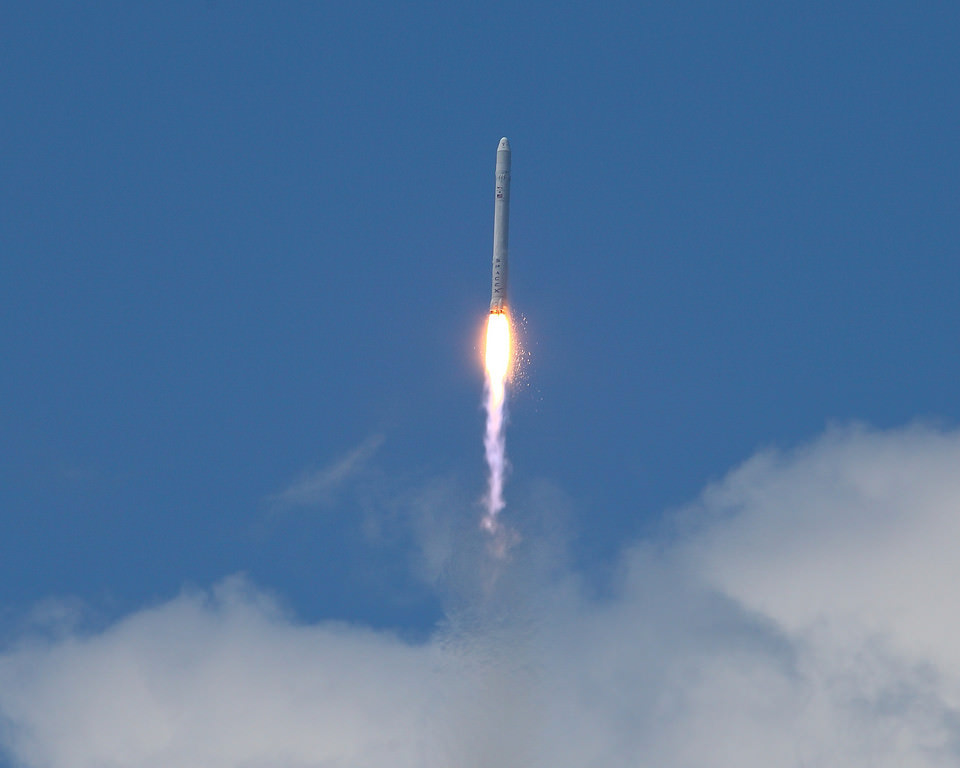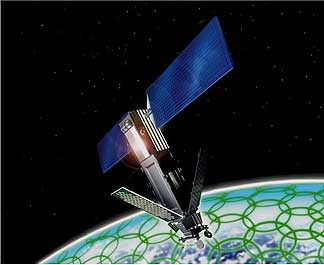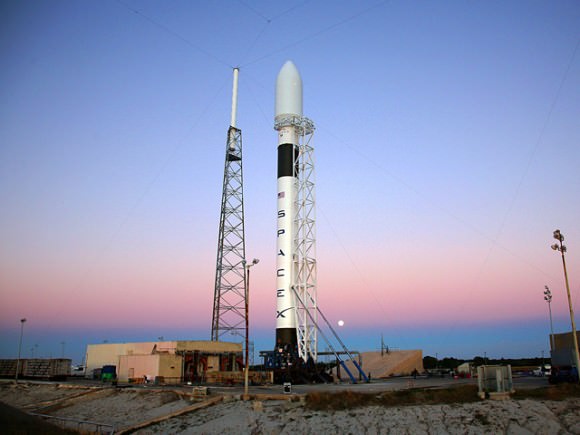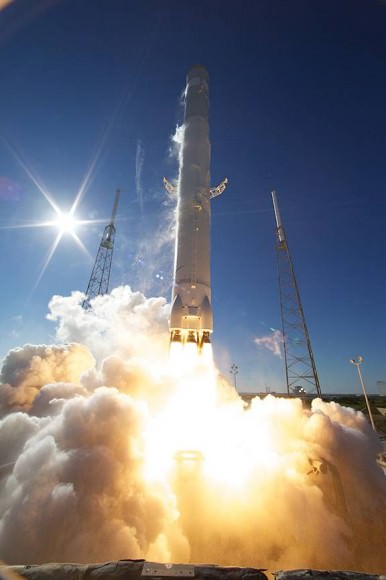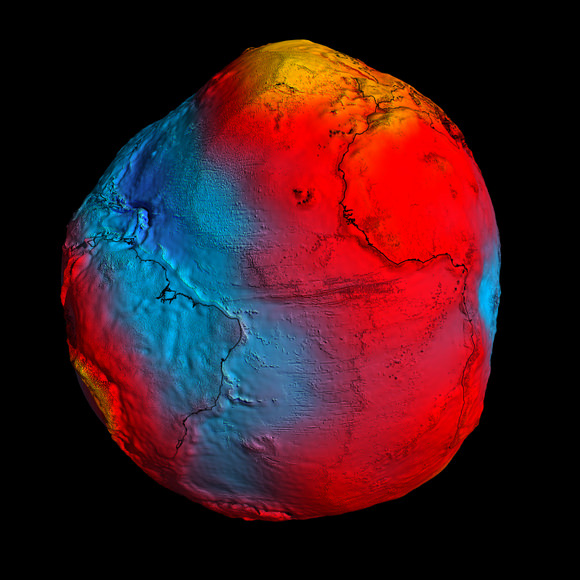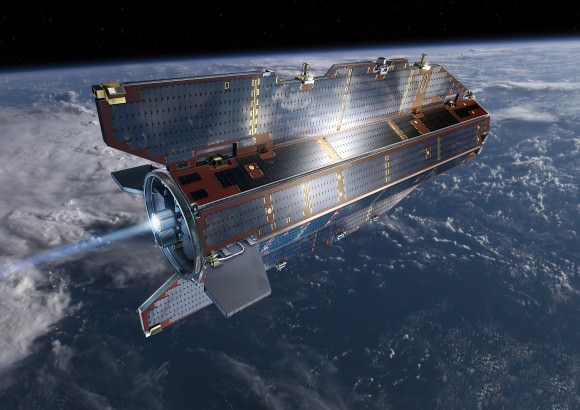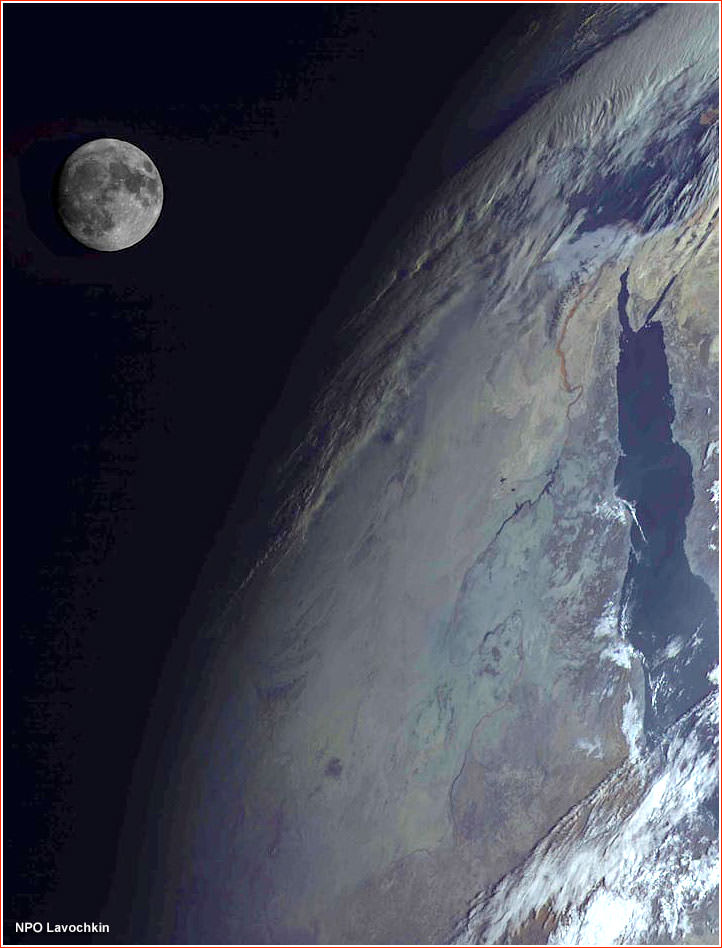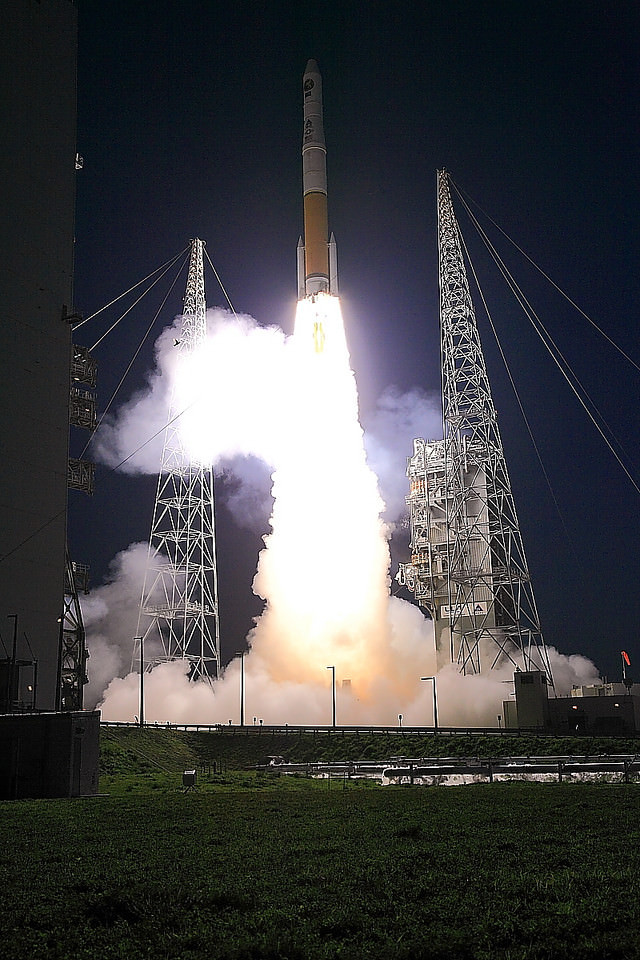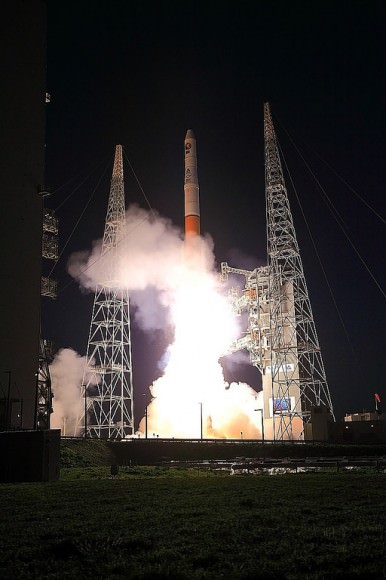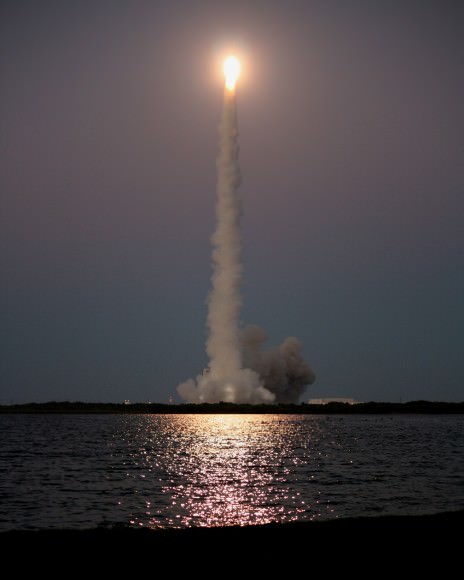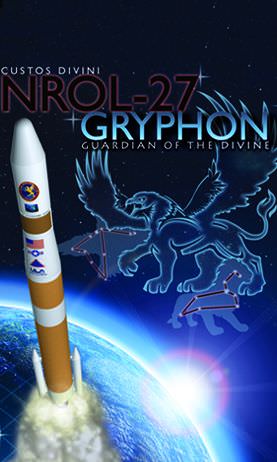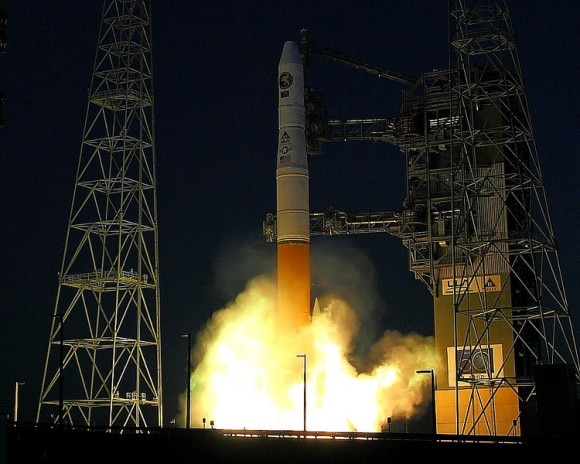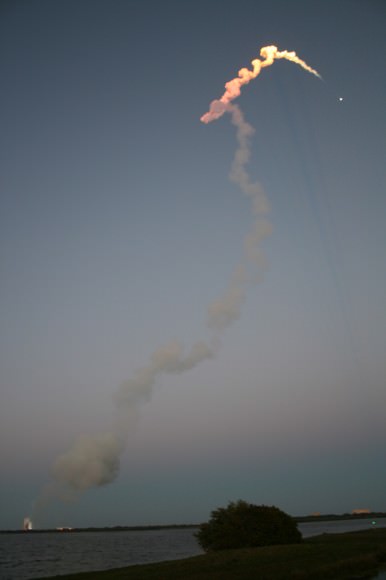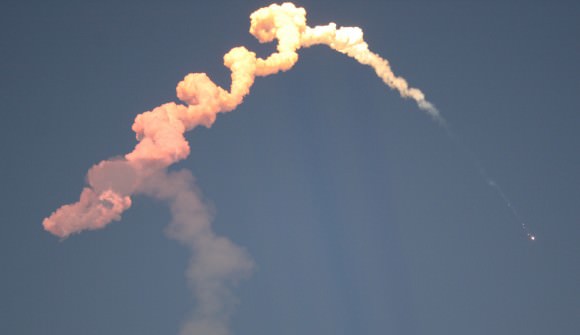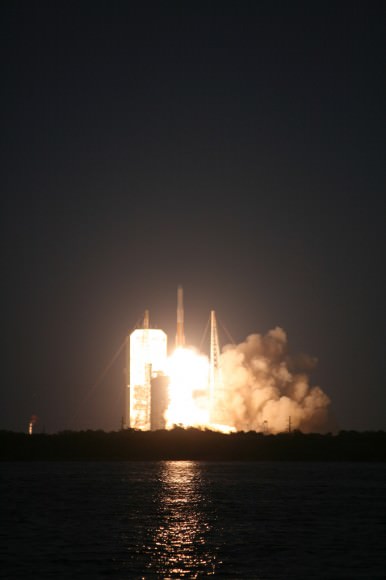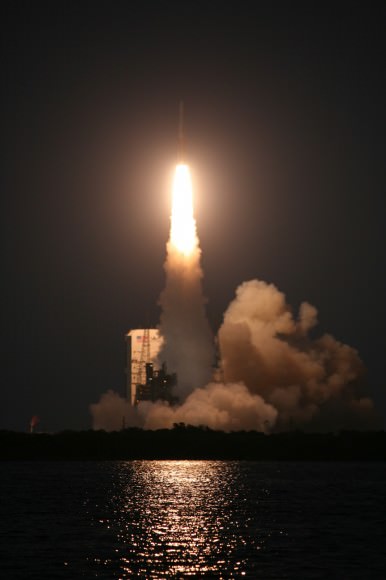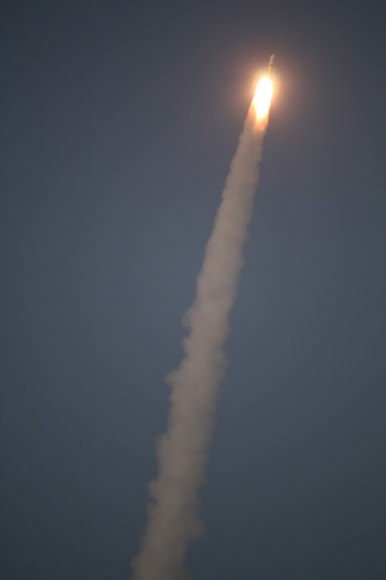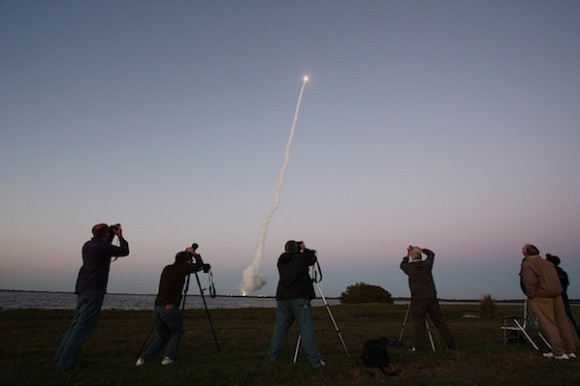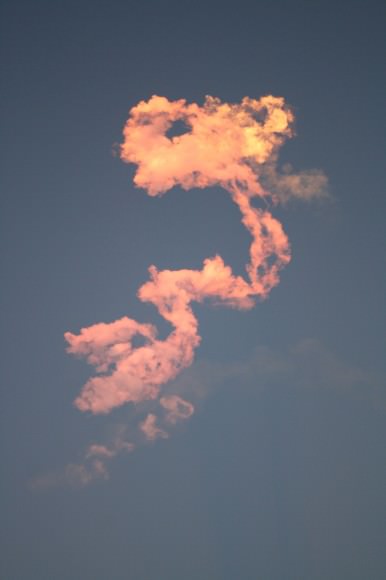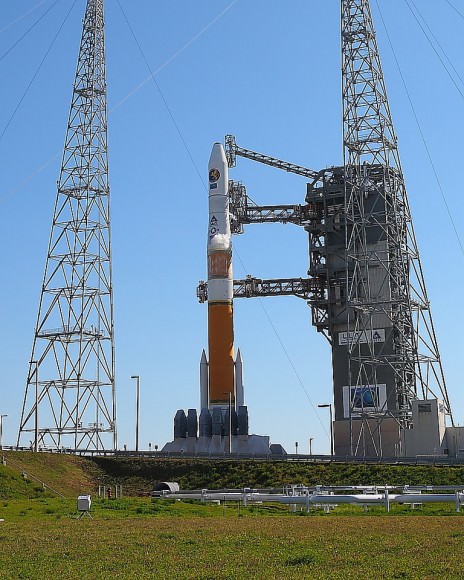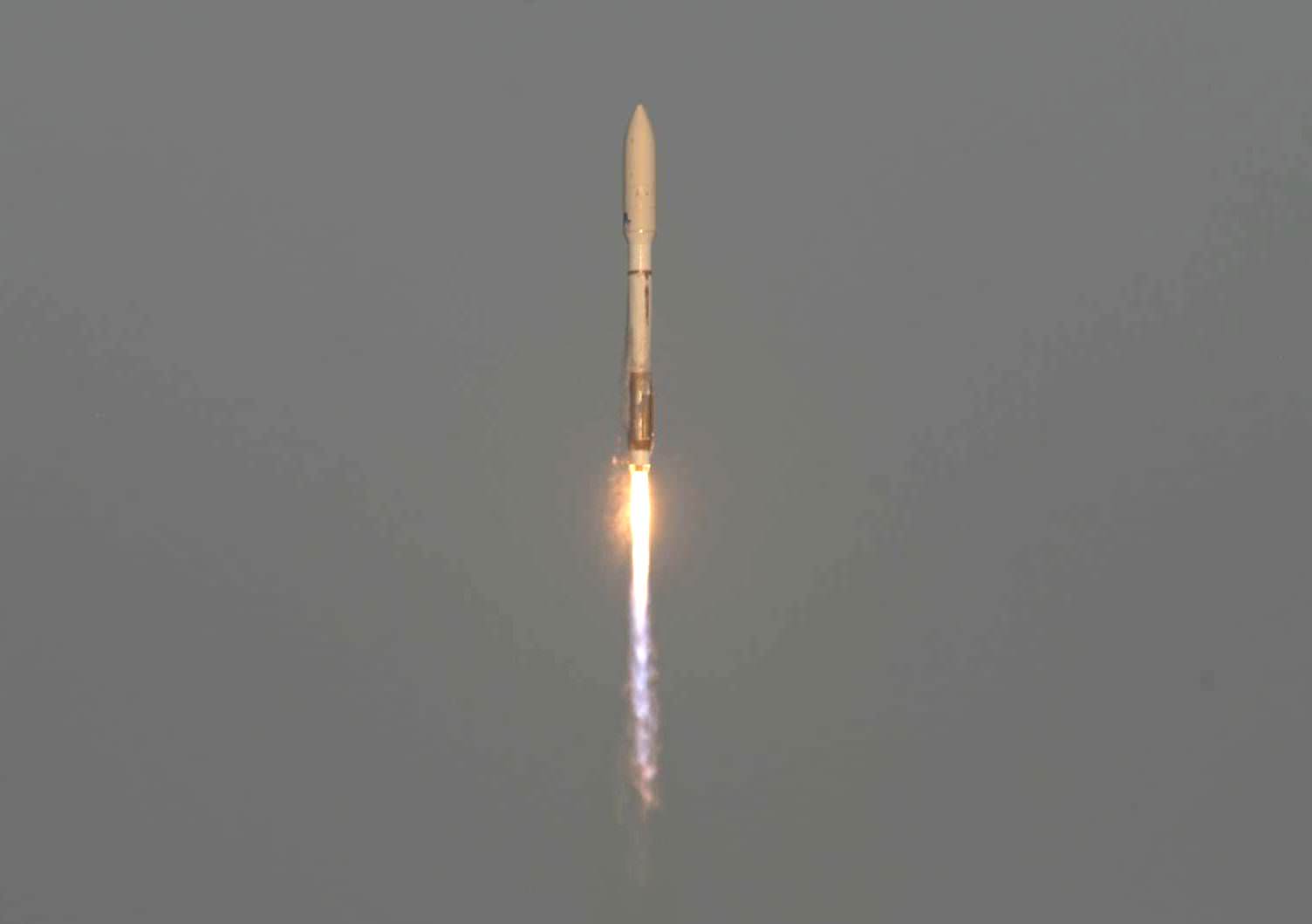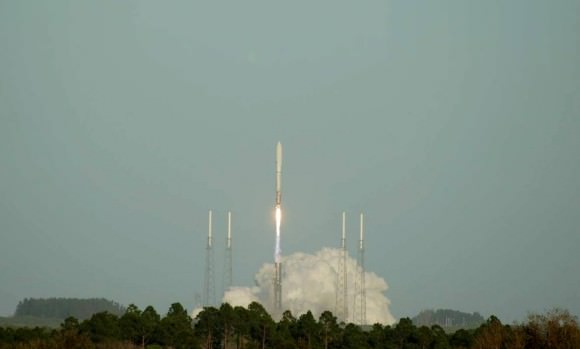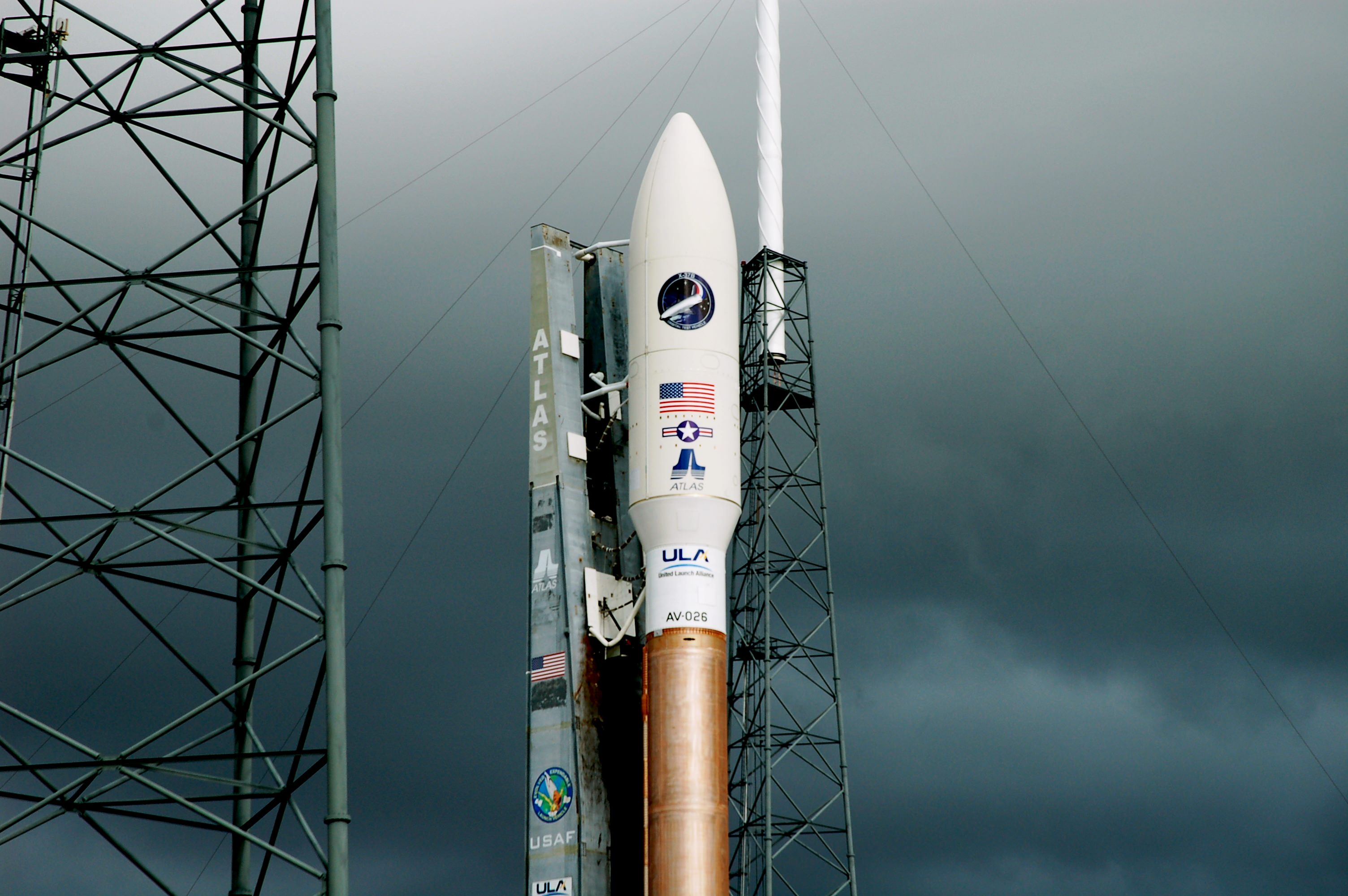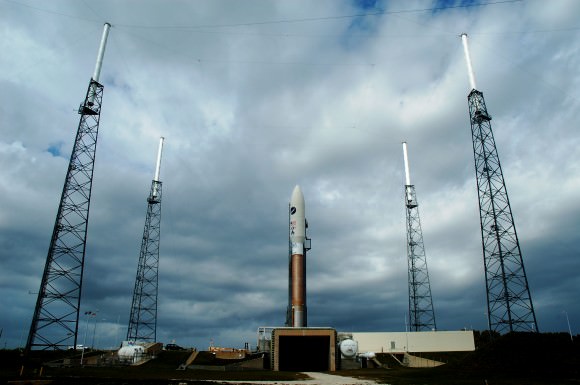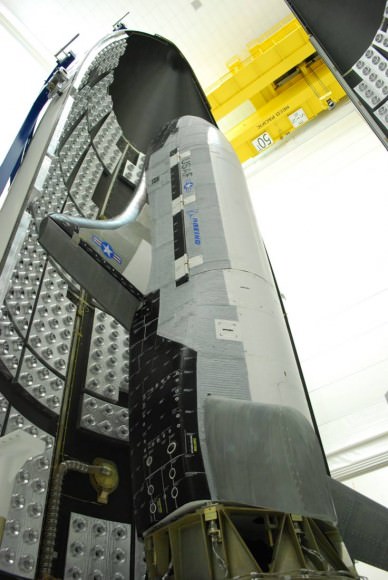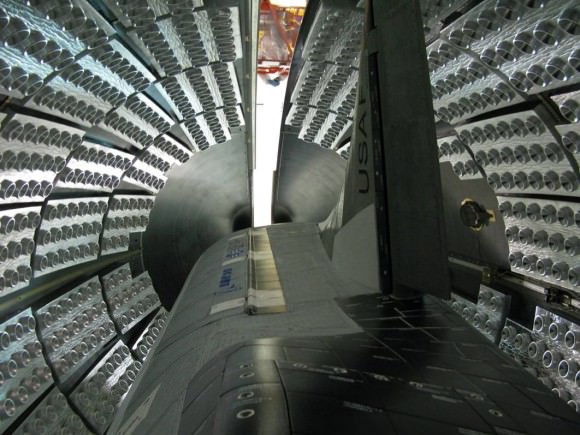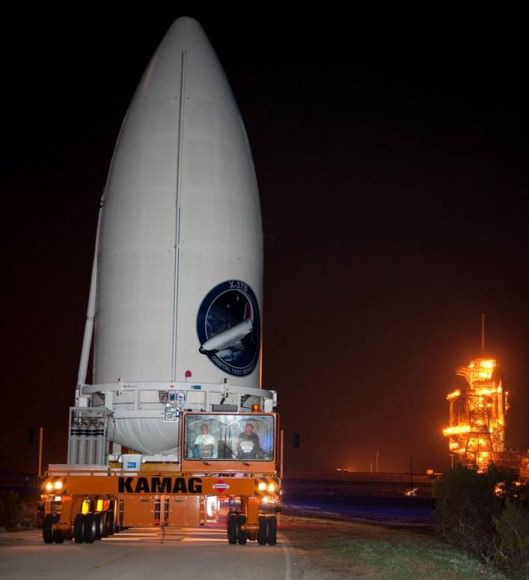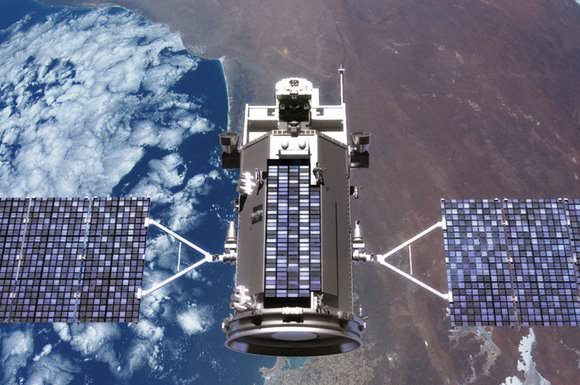[/caption]
NASA is launching an Earth-orbiting satellite called Glory tomorrow that will tackle a highly charged question: How much can the sun contribute to climate change?
The lull in solar activity between solar cycles 23 and 24 lasted for two years, twice as long as expected. By mid-2009, well into the second year, predictions of global cooling — another Little Ice Age — dominated global warming skeptic blogs. Now Solar Cycle 24 is safely underway, but aside from the dramatic flare and rash of sunspots that erupted last week, it’s been wimpy. Tom Woods, a solar physicist at the Boulder, Colo.-based Laboratory for Atmospheric and Space Physics, says he expects a subdued maximum for Solar Cycle 24 (around 2013) and generally, weak solar cycles come in threes. Each known set of sluggish solar cycles in the past has coincided with bitterly cold winters in parts of the globe — especially Europe and North America.
The question is, with the level of greenhouse gases in the atmosphere from the burning of fossil fuels, would we even feel an extended solar minimum? That’s exactly what Glory will aim to find out.
Glory will launch shortly after 2 a.m. local time on Wednesday, Feb. 23 from the Vandenberg Air Force Base north of Santa Barbara, Calif. The six-foot (1.9 meter), 1,100-pound (525 kg) satellite will orbit for at least three years in Earth’s upper atmosphere, where it will monitor both the total solar energy that’s reaching Earth, and the airborne aerosols greeting the energy it when it gets here.
Aerosols include salt, mineral dust, soot, and smoke and come from a variety of sources – such as vehicle exhaust, campfires, volcanoes and even desert winds and sea spray. They can influence climate by absorbing and scattering light, and NASA scientists have said the range of uncertainty about their role in climate change is far greater than any doubt about greenhouse gases from fossil fuels. Raytheon’s Aerosol Polarimetry Sensor, an instrument mounted on the Earth-facing side of the spacecraft, will observe the movement of aerosols through the atmosphere over time, especially on a seasonal scale.
Glory’s sun-facing side will sport the Total Irradiance Monitor, which will measure the intensity of solar radiation at the top of Earth’s atmosphere, adding to a 32-year data set, to record the solar radiation reaching Earth.
Watch a short video on the data: Solar Variability and Total Solar Irradiance (LASP)
Four solar irradiance instruments are currently flying, including VIRGO, launched in 1995, and SORCE, sent into orbit in 2003. Three of those, though, have long exceeded their designed mission lifetimes and are deteriorating. The European PICARD mission, launched in 2010, and NASA’s Glory mission are the new guard.
Greg Kopp, a researcher also at the Laboratory for Atmospheric and Space Physics, is principal investigator on the Glory mission. He says the existing data has already helped researchers understand variations on the scale of the sun’s 11-year activity cycles. But in order to capture longer trends, observations must continue. And solar researchers are increasingly eager to quantify the sun’s role, given the global importance of the question.
“I’m fond of saying we should get closer to the votersphere,” says Daniel Baker, director of Boulder’s Laboratory for Atmospheric and Space Physics. “I can think of no problem that is more significant to humanity than understanding climate change.”
Follow the mission:
On Feb. 23, NASA TV coverage of the countdown will begin at 3:30 a.m. EST (12:30 a.m. PST). Liftoff is targeted for 5:09:43 a.m. EST (2:09:43 a.m. PST). Spacecraft separation from the Taurus occurs 13 minutes after launch. The briefings and launch coverage also will be streamed online.
Launch coverage of Glory countdown activities will appear on NASA’s launch blog starting at 3:30 a.m. EST (12:30 a.m. PST). Real-time updates of countdown milestones as well as streaming video clips highlighting launch preparations and liftoff will also be available.
See also NASA’s Glory page and the Laboratory for Atmospheric and Space Physics, at the University of Colorado at Boulder.
